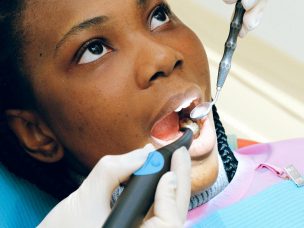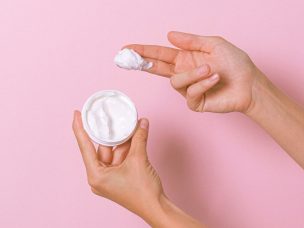Hidradenitis suppurativa leads to a substantial decrease in work ability and productivity, according to the results of a prospective study.
Hidradenitis suppurativa (HS) is a chronic inflammatory skin disease with lesions in intertriginous areas and areas with apocrine glands. Retrospective studies have described the disease burden as chronic and debilitating. A prospective, multicenter, epidemiological, noninterventional study examined the impact of HS on professional life in the German HS population. The study’s results were published in the British Journal of Dermatology.
Partipants Characteristic
A total of 481 patients were enrolled. The mean age was 39.6 years. The average disease duration was 14.6 years. Almost half of the patients demonstrated a maximum Hurley score of stage II. Only 70.1% of the patients were employed (53.3% working full-time, 16.8% working part-time), and 7.3% had retired. The unemployment rate was 12.6%.
HS Results in High Medical Absence From Work
A total of 41.4% of participants reported medical absence from work due to HS in the past 6 months, with a mean duration of 39.3 days. These values correspond to 32.5 sick days per year. More full-time employees (49.2%) were affected than part-time employees (35.9%); however, the average leave duration was similar. There was no significant association between the number of medical leave days and disease severity assessed by the Hurley score, the Sartorius score, or the International Hidradenitis Suppurativa Severity Score System (IHS4) score. The number of medical leave days because of HS showed a positive correlation with the duration of hospital admissions (P<0.001) and the number of physician visits (P<0.001).
HS Substantially Impairs Work Productivity
The Work Productivity and Activity Impairment (WPAI) questionnaire revealed that patients were absent from work because of HS (absenteeism) for an average of 13.3% of the work time, and the average proportion of impairment due to HS while working (presenteeism) was 25.2%. HS severity was associated with the extent of impairment while working; the presenteeism score showed a positive correlation with the Hurley score (P=0.001), the Sartorius score (P=0.018), and the IHS4 (P<0.001). Factors associated with increased presenteeism were higher HS severity on IHS4 (P=0.047), increased pain (P<0.001), and being more depressed (P=0.001). None of the considered factors showed an association with absenteeism. Patients reported an overall work impairment of 33.4%.
Impaired Work Ability and Economic Loss Due to HS Revealed
The mean Work Ability Index (WAI) score was 32.2, which corresponds to approximately 60% of the maximum work ability. In total, 28.1% of patients reported poor work ability. WAI items with an above-average impairment were the number of current diagnosed medical disorders and sick leave in the past year. A total of 29.5% of patients reported being diagnosed with four or more medical disorders; due to these, 10.2% were unable to work entirely, 2.7% could work only part-time, and 24.7% had to work slower or change working methods. HS severity demonstrated a weak negative correlation with the total WAI score. Factors associated with lower work ability were higher HS severity on IHS4 (P=0.042), older age (P<0.001), increased pain (P<0.001), and being more depressed (P<0.001). The estimated annual loss of gross value added in Germany because of HS might be more than €12 billion.
Source:
Schneider‐Burrus, S., Kalus, S., Fritz, B., Wolk, K., Gomis-Kleindienst, S., & Sabat, R. (2022). The impact of hidradenitis suppurativa on professional life. British Journal of Dermatology, 188(1), 122–130. https://doi.org/10.1093/bjd/ljac027










